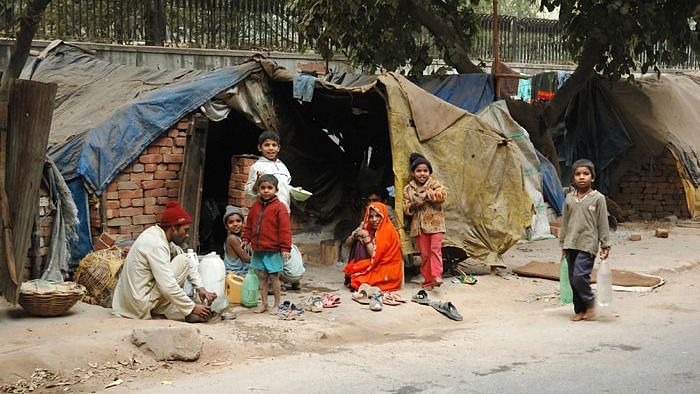
Qaisar Mansoor
The 2022 World Inequality Report was published on December 7th 2021 and was authored by economic and inequality experts Lucas Chancel, Thomas Piketty, Emmanuel Saez, and Gabriel Zucman.
The latest World Inequality Report flags India as a poor and very unequal country, with the top 10% holding 57% of national income in 2021, and the bottom 50% holding just 13%. The authors added, “While the top 1% has largely benefited from economic reforms, growth among low and middle income groups has been relatively slow and poverty persists.” The report also observed that the deregulation and liberalization policies implemented for India’s economy since the mid-1980s has led to “one of the most extreme increases in income and wealth inequality observed in the world”.
The report goes on to say that over the past three years, the quality of inequality data released by the government has seriously deteriorated which has made it particularly difficult to assess recent inequality changes.
The report notes that the share of public wealth across countries has been on a decline for decades now. Public assets typically include public buildings housing administrations, schools, universities, hospitals and other public services. The ‘secular decline’ in public wealth and rise in private wealth was exacerbated by the outbreak of the coronavirus pandemic. The report says that emerging economies like India and China experienced faster increases in private wealth than wealthy countries after they transitioned away from regulated economies. In India, particularly, private wealth went up from 290% in 1980 to 560% in 2020.
Going back in time, the report shows that the income inequality in India under the British colonial rule (1858-1947) was very high, with a top 10% income share around 50%. After independence, due to socialist-inspired five-year plans, this share was reduced to 35-40%. Owing to poor post-Independence economic conditions, India embarked upon deregulation and loosening controls in the form of liberalisation policies. The report argues that these policies have led to one of the most extreme increases in income and wealth inequality observed in the world. It says that while the top 1% has largely benefited from these economic reforms, the growth among low and middle-income groups has been relatively slow and poverty persists.
Wealth inequality
The average household wealth in India is around Rs 9,83,010. The bottom 50% of the nation can be seen to own almost nothing, with an average wealth of Rs 66,280 or 6% of the total pie. The middle class is relatively poor with an average wealth of Rs 7,23,930 or 29.5% of the total. The top 10% owns 65% of the total wealth, averaging Rs 63,54,070 and the top 1% owns 33%, averaging Rs 3,24,49,360.
In 2021, the wealthiest 10% of the population own 65% of total household wealth in India.
Gender inequality in India is also considerably on the higher end of the spectrum. The share of female labour income share in India is equal to 18% which is significantly lower than the average in Asia (21%, excluding China) & is among the lowest in the world. Although, the number is slightly higher than the average share in Middle East (15%).
However, a significant increase has been observed since 1990 (+8 p.p.) but it has been insufficient to lift women’s labor income share to the regional average.
Wealthy countries, poorer governments
The report shows that the share of wealth held by public actors is close to zero or negative in rich countries, meaning that the totality of wealth is in private hands. Following the outbreak of Covid-19 pandemic, governments borrowed the equivalent of 10-20% of GDP, essentially from the private sector. The relatively lower wealth status of the governments can have an impact in curbing inequality in the future.


